This week – as I promised – I’m going to start telling you about some of the other things we saw on our visit to Paris. And, as I finished my last post in Montmartre, that’s where I’ll begin…
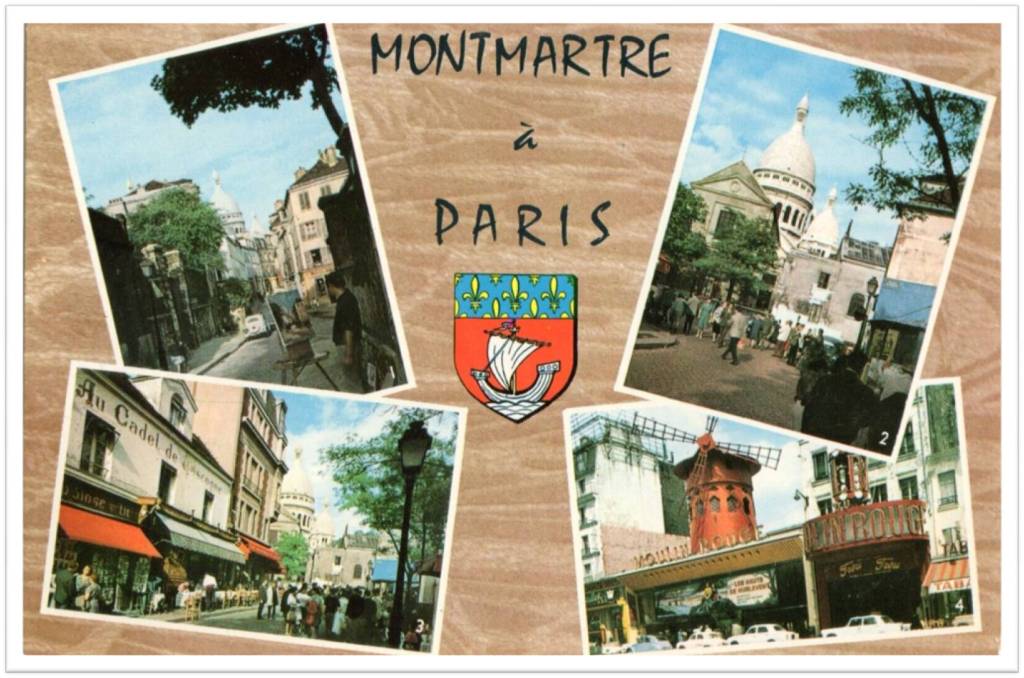
Now, because she’s a lot older than I am, my mum knows more about history than I do, and so I got her to tell me a bit more about Montmartre in the past. She said that that up to 1860 it hadn’t actually been part of Paris, but was a separate village on the edge of the city, with farmland and open country on the other side.
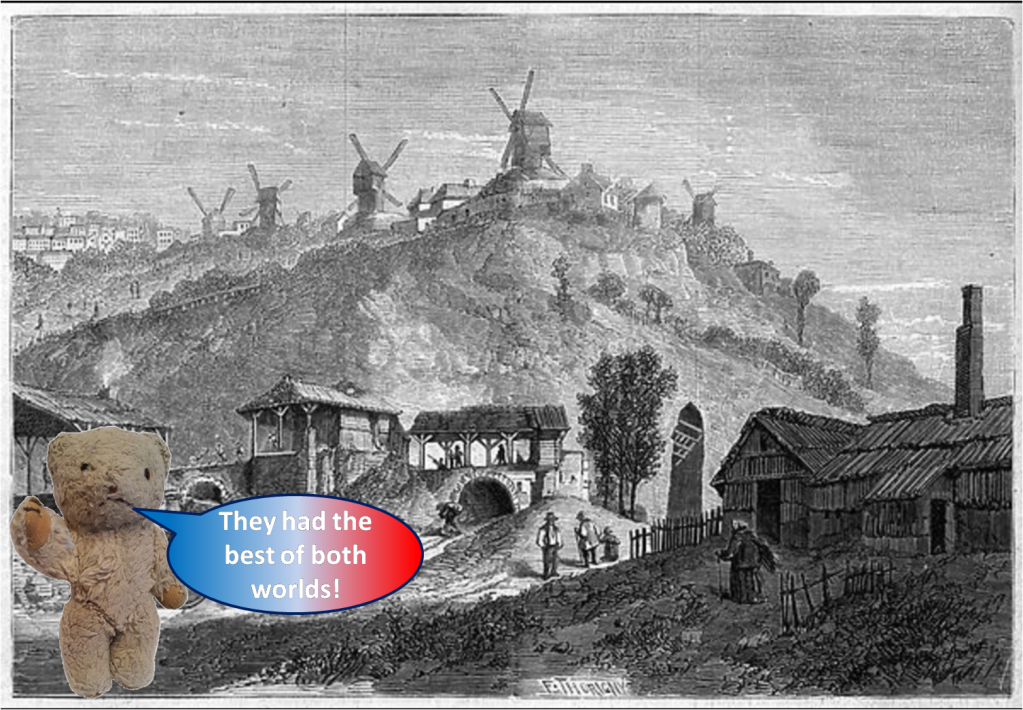
People there traditionally earned a living through wine-making, stone-quarrying and gypsum-mining on and around the hill which gave the village its name.

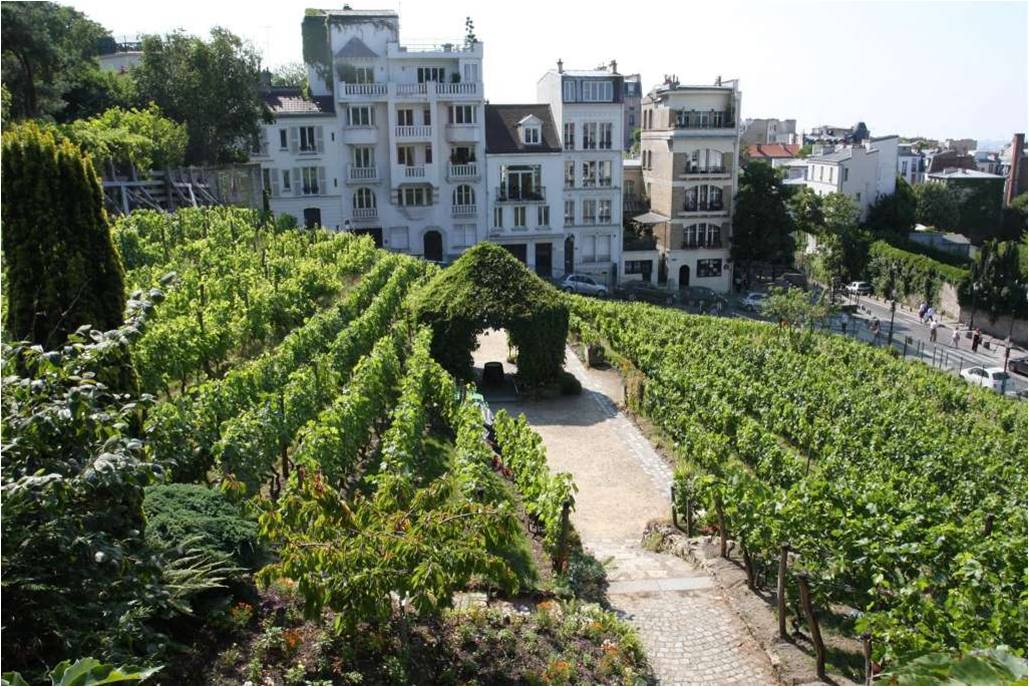
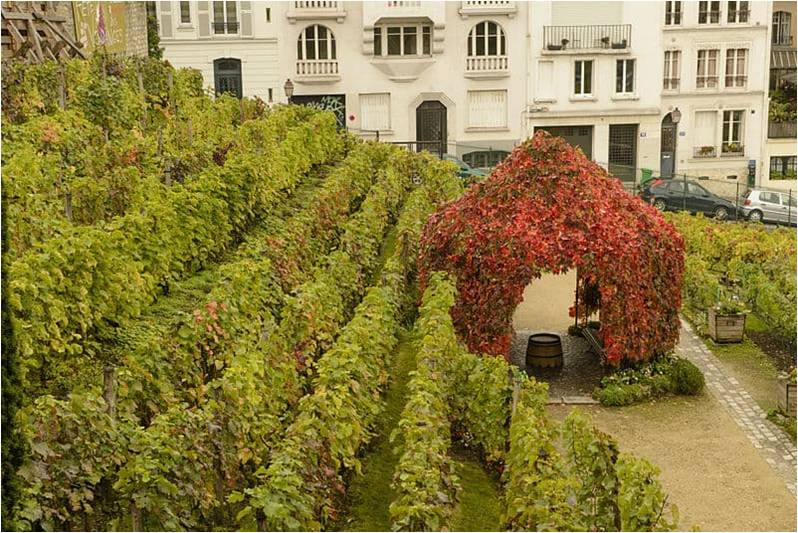


Montmartre began to change after 1860, however, when it officially became a district of Paris, covering an area of 150 acres/60 hectares. But it went through turbulent times when the Second French Empire collapsed after the defeat and capture of Napoleon III at the Battle of Sedan September 1870.

A new government was formed in France, but not everyone agreed with it, and on March 18th 1871 a movement known as the Paris Commune, which had its origins in Montmartre, seized control of the country. This new government was very short-lived, however, as it was defeated on May 28th that same year.






Ten years later, however, Montmartre was starting to become a very different place, with cafes and bars attracting people out of the city centre on Sundays and holidays.

One of the earliest cafes was Le Chat Noir which opened in 1881 and soon became popular as a meeting place for writers and poets…


…and in the later 1880s Erik Satie – best known now for his solo piano composition Trois Gymnopedies – made a living playing the piano there
There were also several establishments known as guingettes, which were taverns with cheap wine and the chance to dance and these were especially popular.

But perhaps the most famous place of entertainment in Montmartre is Le Moulin Rouge which opened in 1889 and -despite burning down in 1915 and having to be rebuilt to reopen in 1925 – is still there today.



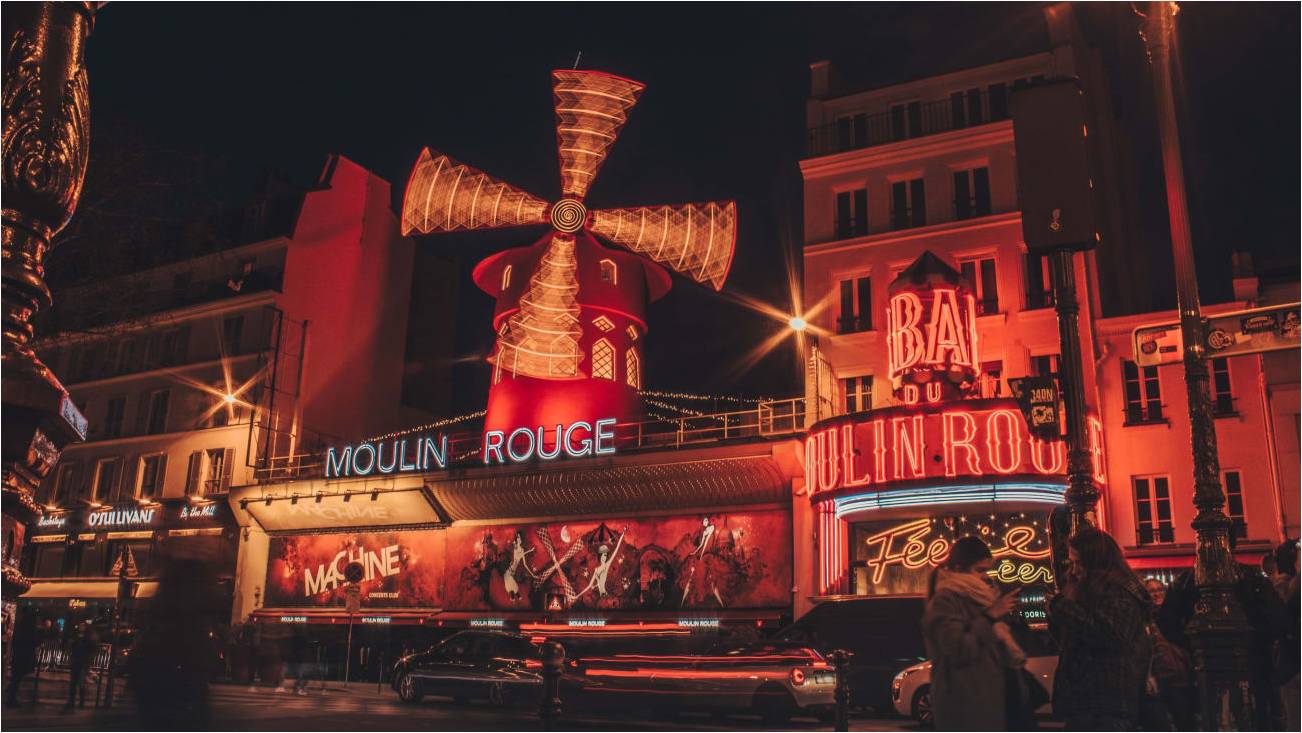
Among other things, Le Moulin Rouge claims to be the birthplace of the French version of the can-can – a dance which was thought to be a bit daring and naughty at the time!
However, the year 1889 was just about in the middle of a period of French history, known as La Belle Epoque. Lasting from 1872 to 1914, it was a time of comparative peace and prosperity. It was also a time when the arts flourished and many now-famous artists were attracted to Montmartre, partly because of the laid-back atmosphere in the area, but also because of the low rents at a time when most of them didn’t have a lot of money to spare.
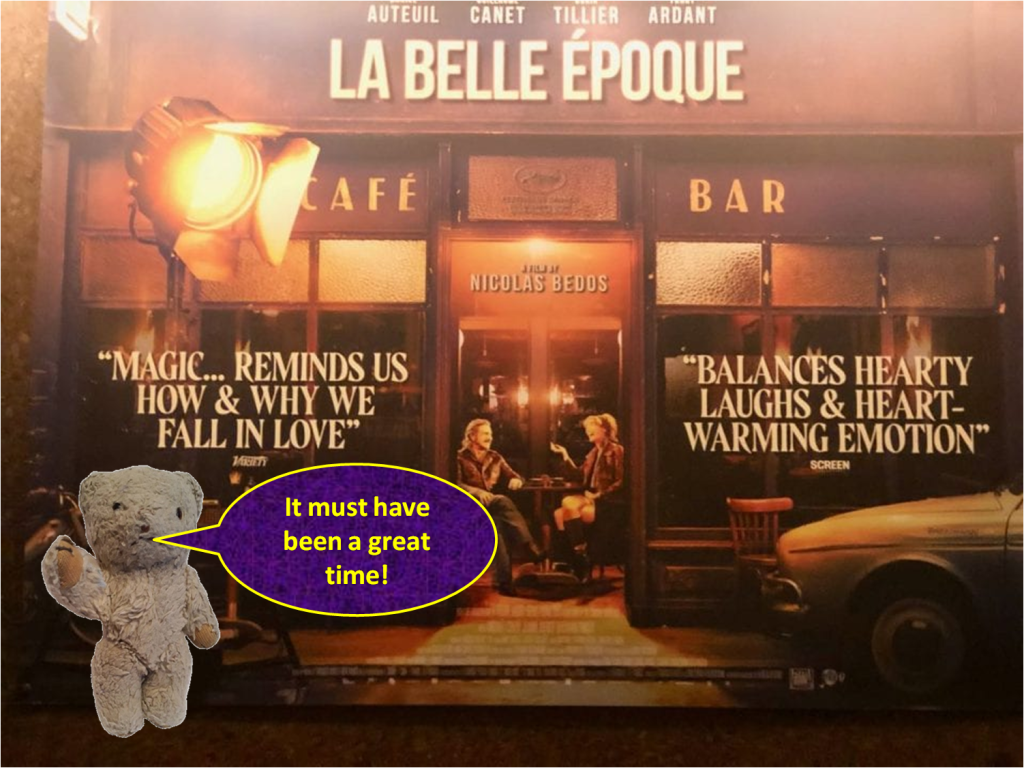
The best known of these was a group we now call The Impressionists – because their work generally gave a light impression of what they saw around themselves, rather than being weighed down with heavy brushwork and dark colours.
Among the group were Pierre-Auguste Renoir, Henri Toulouse-Lautrec, Edgar Degas, Edouard Manet and Claude Monet and their work can be seen today in many museums and art galleries around the world.



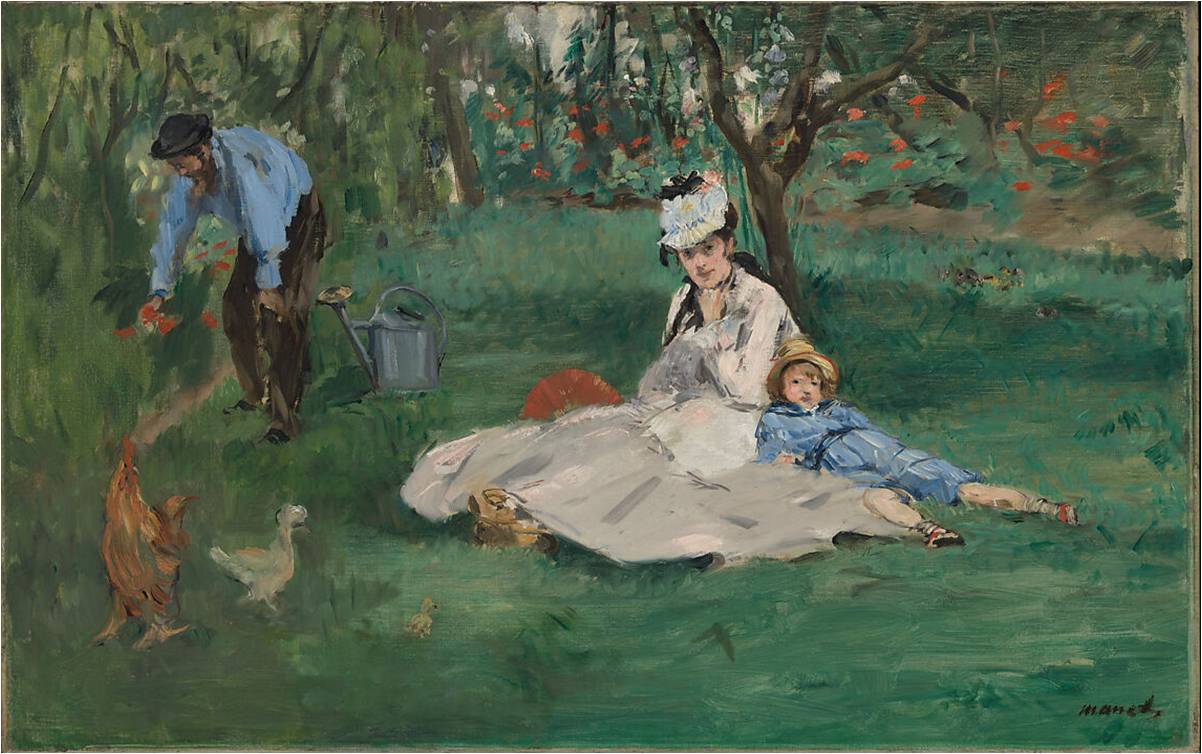
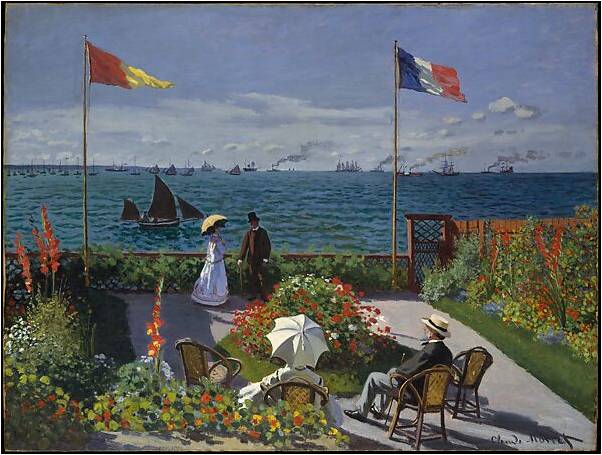
Included among these is the Louvre in Paris, but, although we drove past it on one of our coach trips around the city, sadly we didn’t have time to go in and see any of its many treasures.

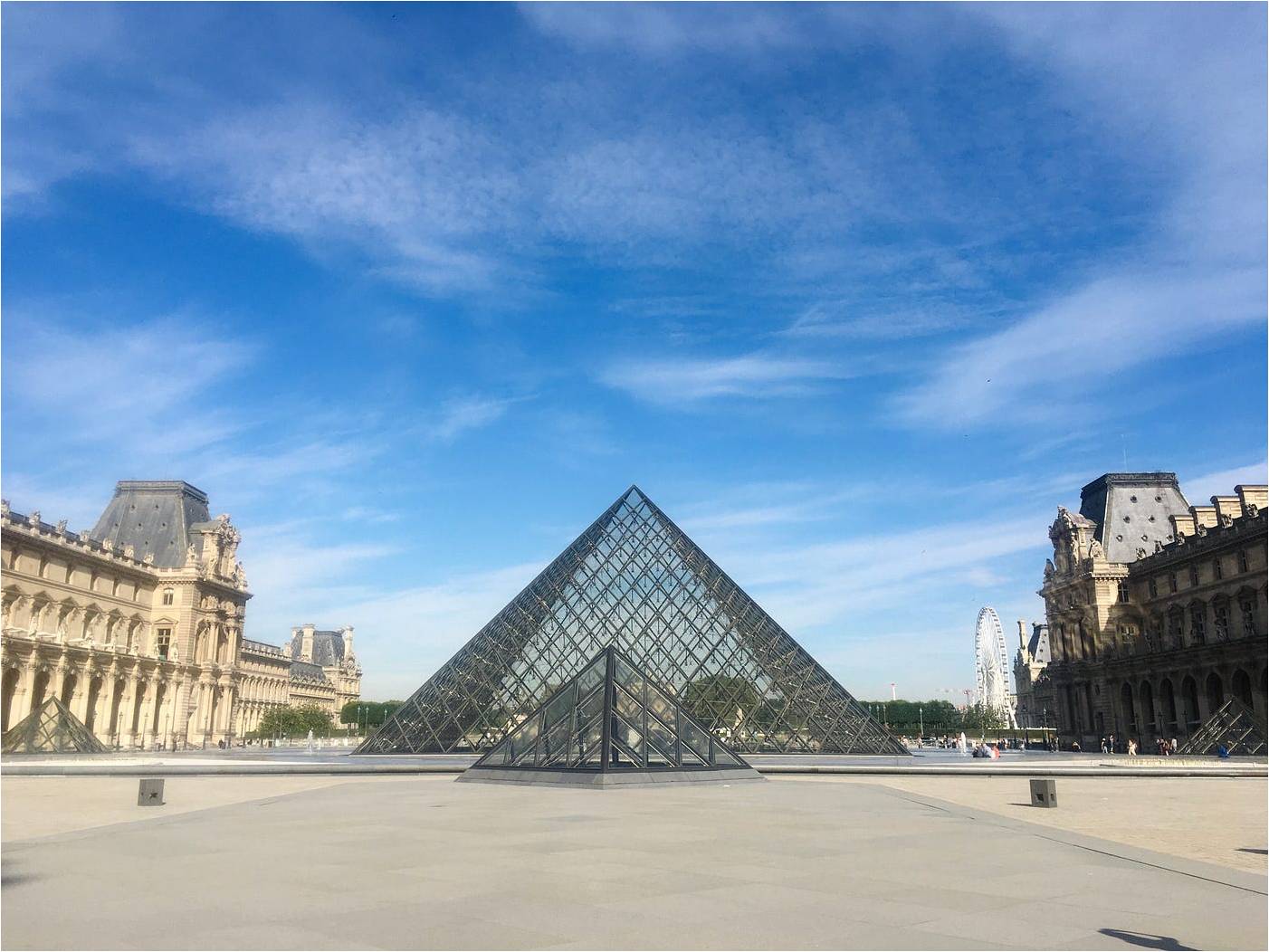

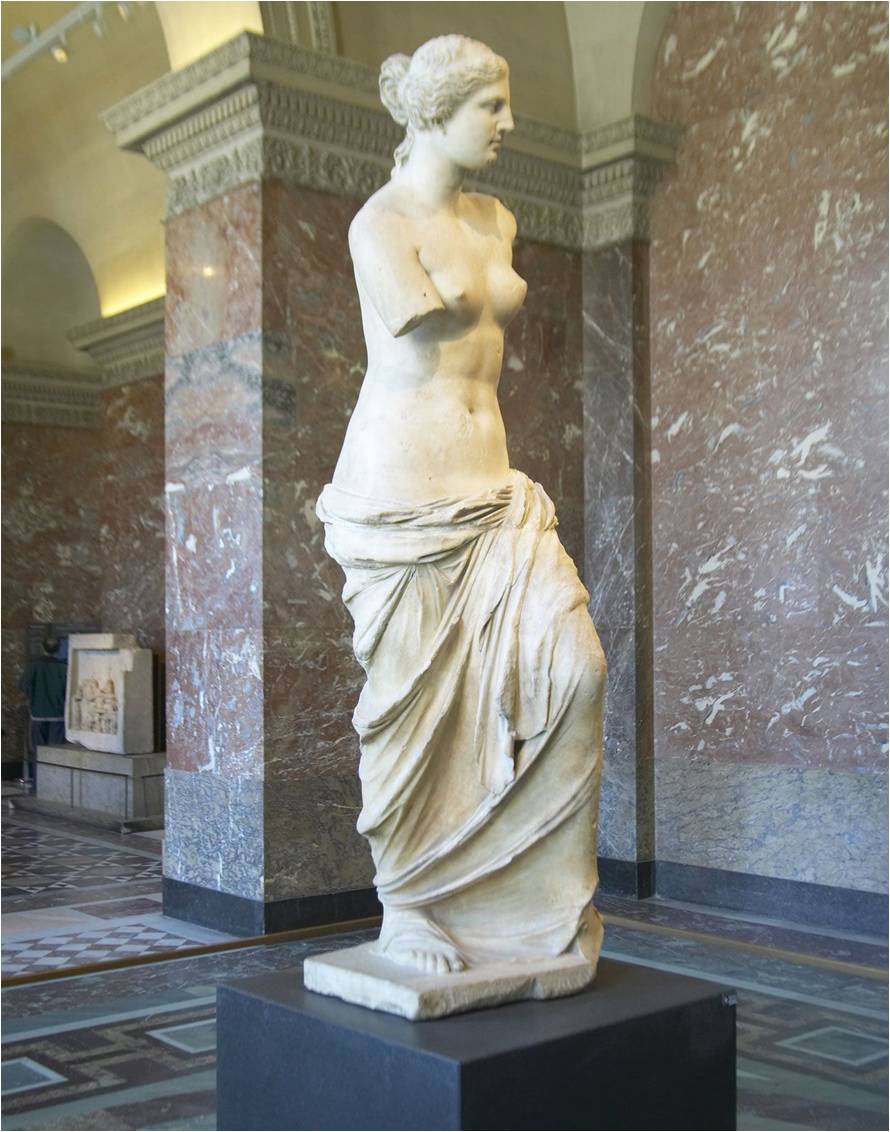

We did have time for a drive along the Champs Elysees, however…
…and for a quick view of the Arc de Triomphe.



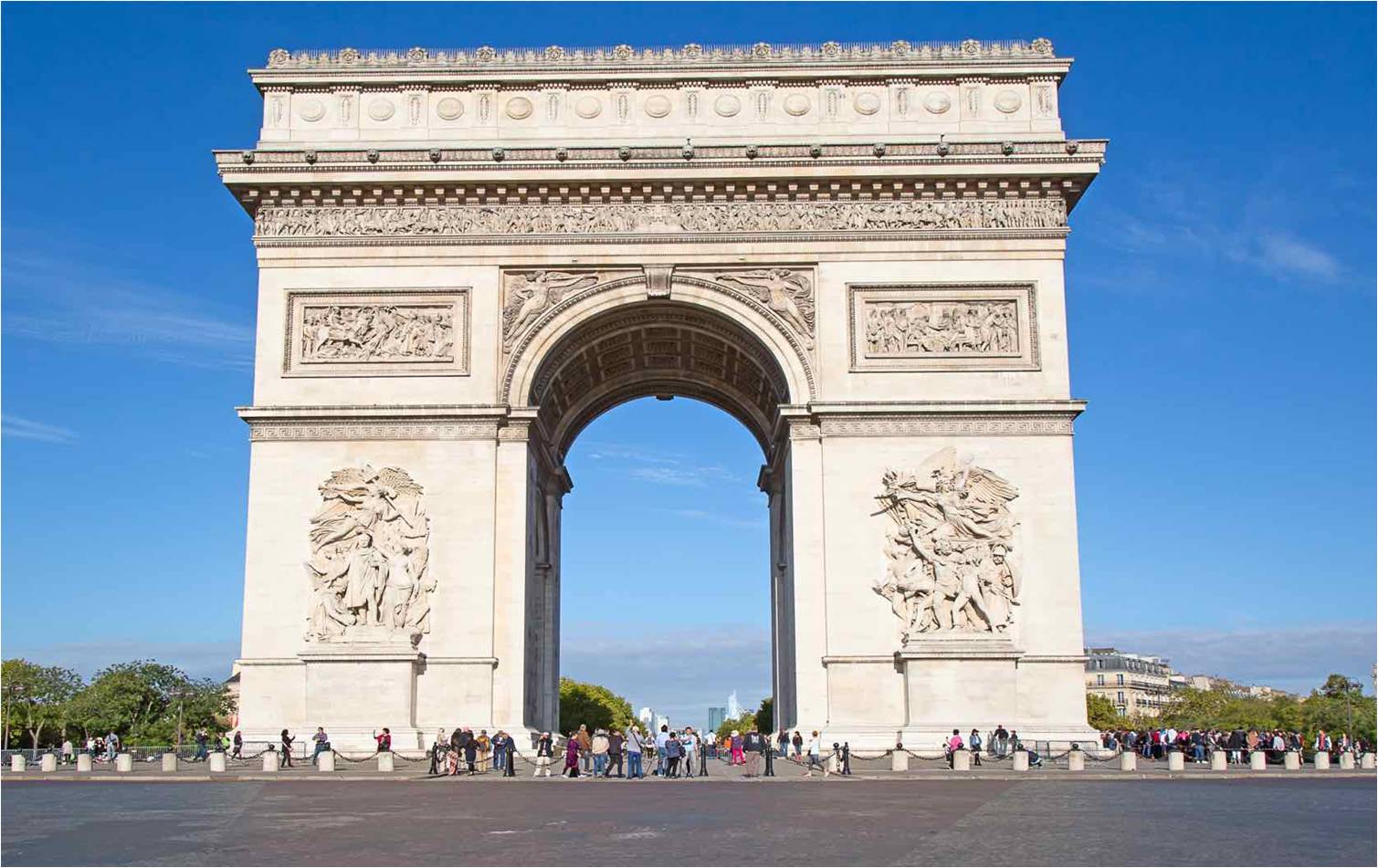
Standing at a point where 12 avenues meet, this great arch was commissioned by Napoleon I in 1806 to commemorate all his victories and also to remember all the French soldiers who had died for their country in the French Revolutionary Wars and the Napoleonic Wars.
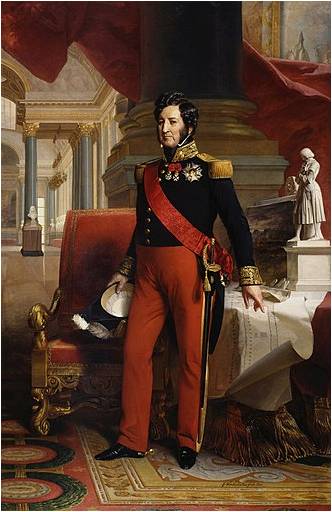
It is 164 ft/50 metres high, 148 feet/45 metres wide and 72 feet/22 metres deep and wasn’t completed until 1836, when France was once again a kingdom, ruled by King Louis-Philippe.
Since 1920 it has also contained the Tomb of the Unknown Soldier in remembrance of all those who died for France in World War I.
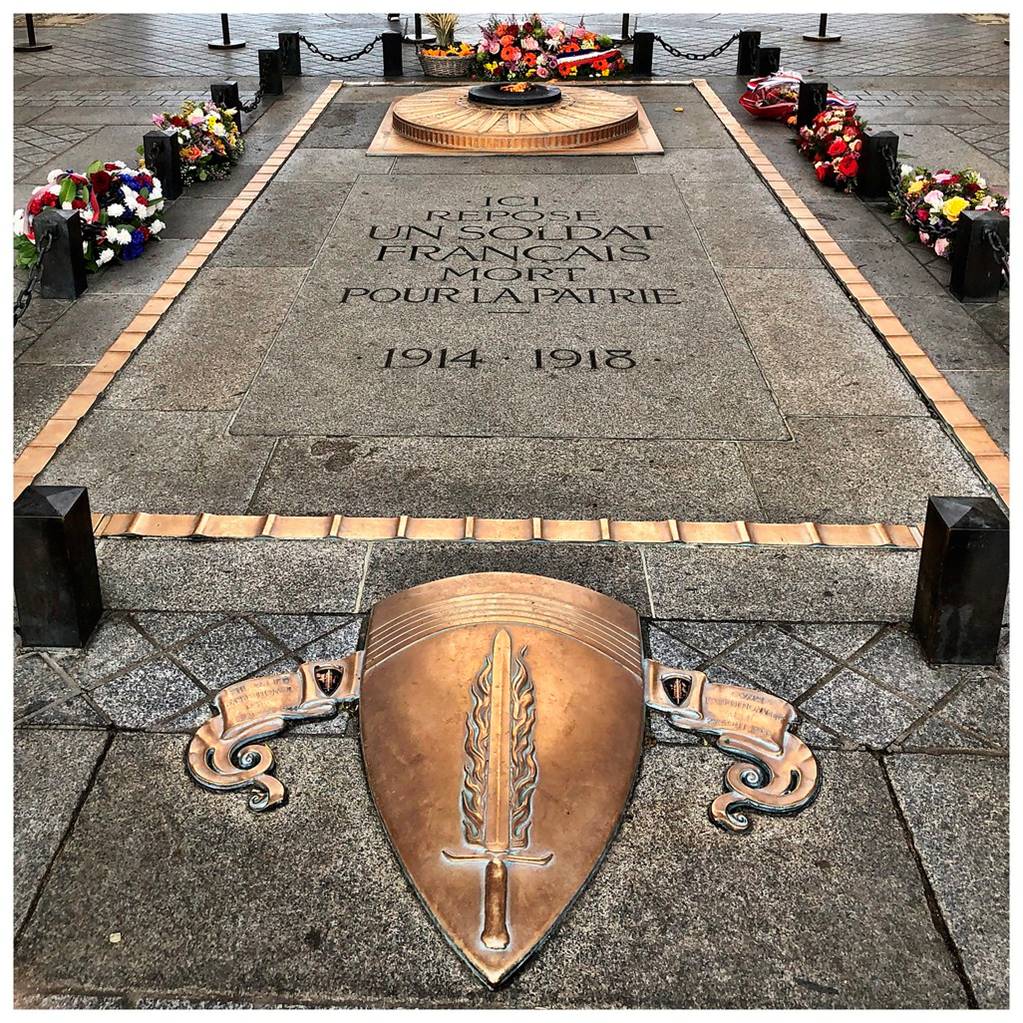
And with that I’ll have to stop writing for tonight, as it’s nearly midnight and Mum says it’s time I had my supper and went to bed. I’ve still lots of tales to tell you, however, so please take care, stay safe – and look out for some more from me soon!
Follow my next blog: 274. A BANK HOLIDAY BONUS
24/08/2023
